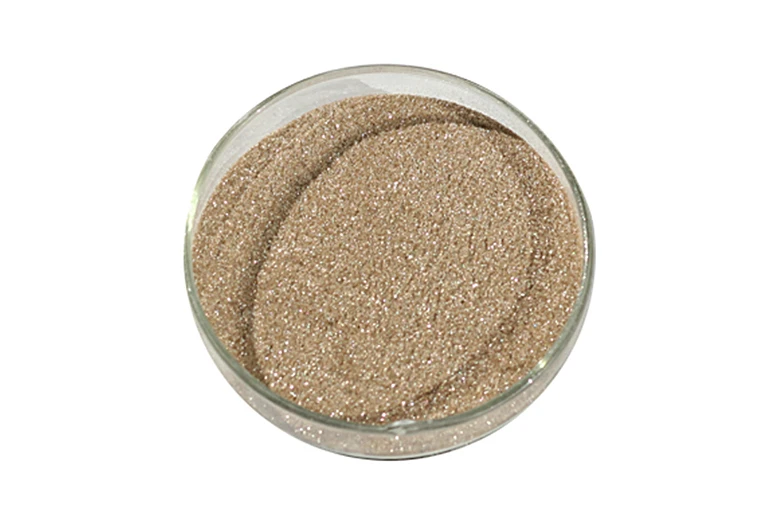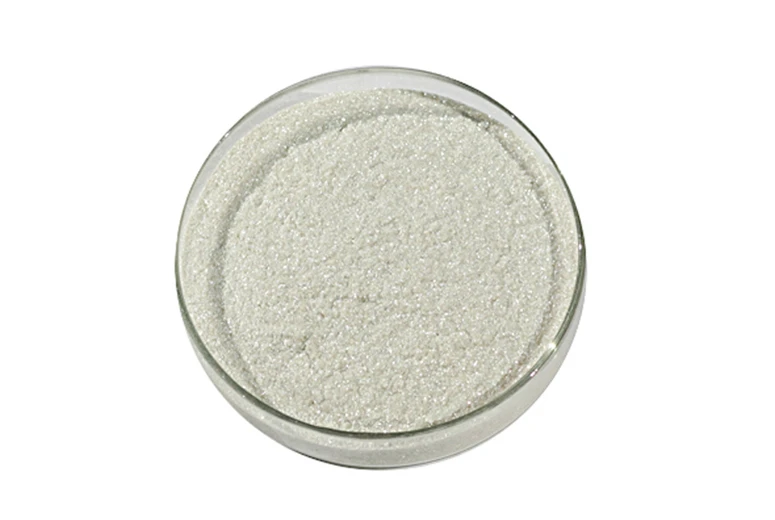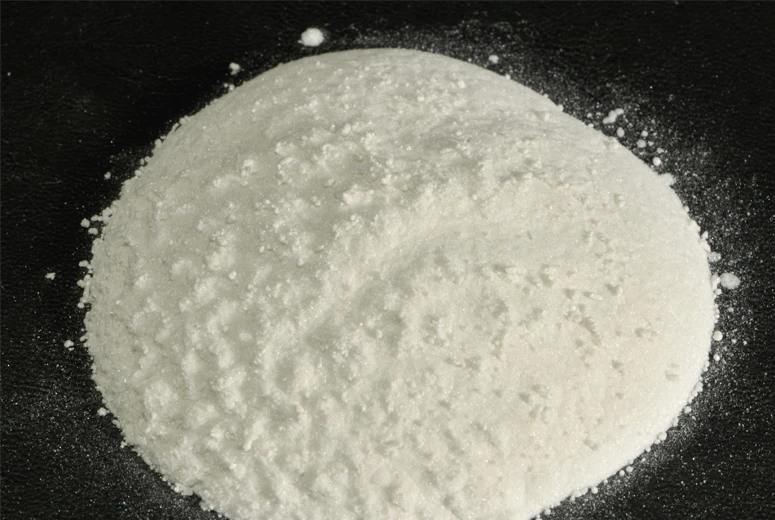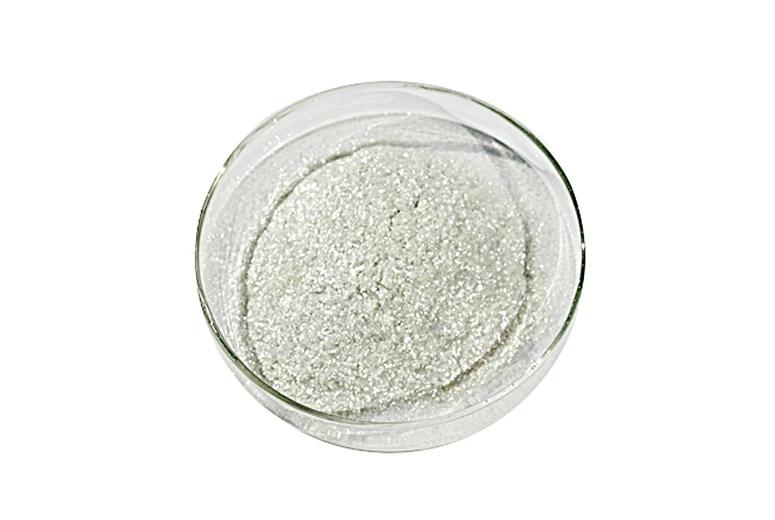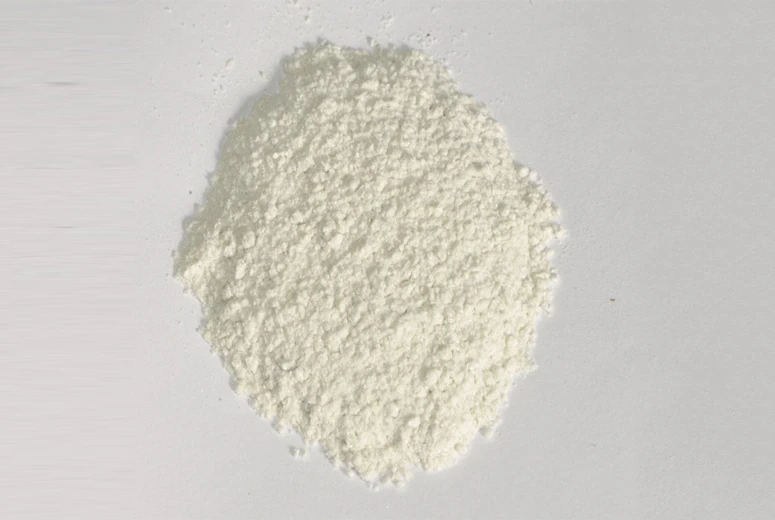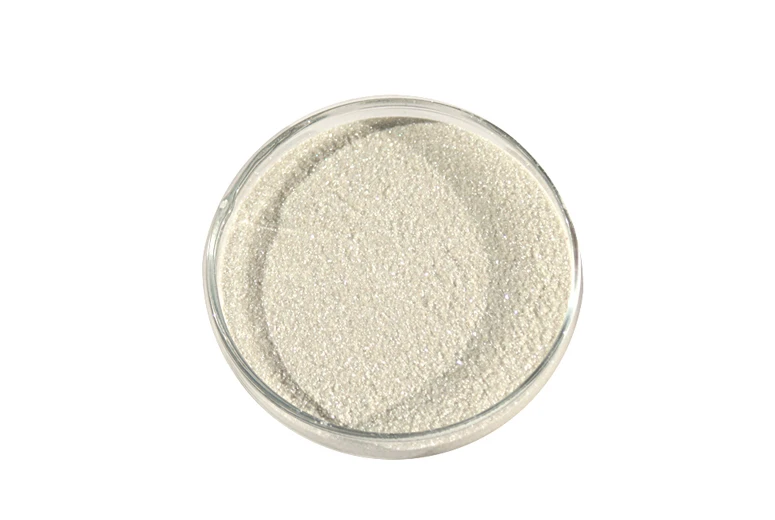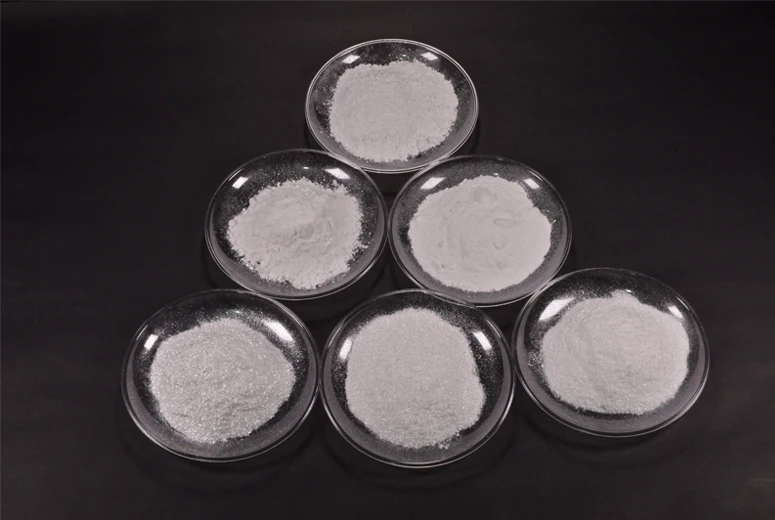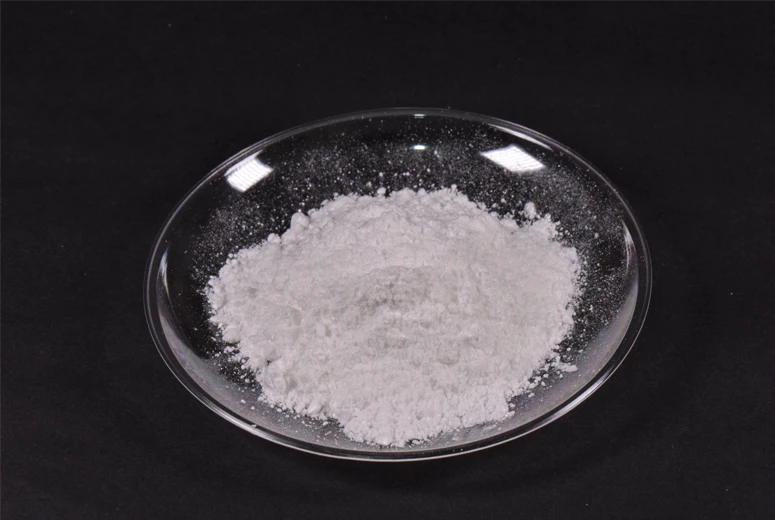What Is Synthetic Mica Made Of? Eco-Friendly & Non-Toxic Formula
- Understanding the Composition of Synthetic Mica
- Raw Materials and Production Techniques
- Comparing Synthetic and Natural Mica Powders
- Technical Advantages in Industrial Applications
- Market Analysis: Leading Manufacturers Compared
- Custom Solutions for Specific Industry Needs
- Real-World Applications and Performance Metrics
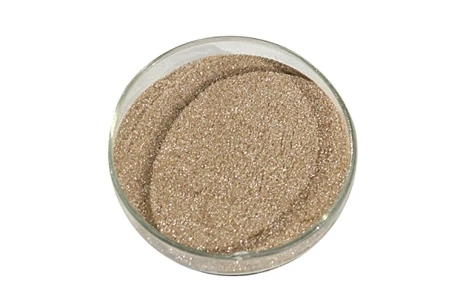
(what is synthetic mica made of)
What Is Synthetic Mica Made Of? A Scientific Breakdown
Synthetic mica, chemically known as fluorophlogopite, is synthesized through controlled crystallization of magnesium aluminosilicate. Unlike natural mica formed over geological timescales, this lab-created variant achieves 99.5% purity by combining:
- Magnesium oxide (MgO) – 28-33%
- Silicon dioxide (SiO₂) – 45-50%
- Aluminum oxide (Al₂O₃) – 10-15%
- Potassium hexafluorosilicate (K₂SiF₆) – 5-8%
This precise formula eliminates iron impurities (<0.1% vs 2-5% in natural mica), making it ideal for optical and electronic applications requiring ultra-pure materials.
Manufacturing Process and Material Evolution
Advanced synthesis methods like high-temperature flux growth enable production of mica crystals with controlled thickness (0.1-5μm). The 2023 Global Mica Report shows synthetic variants now account for 42% of industrial mica usage, driven by:
- Superior thermal stability (up to 1,100°C vs 700°C for natural)
- Consistent particle size distribution (±2μm accuracy)
- Customizable refractive index (1.56-1.62)
Technical Superiority in Modern Engineering
Synthetic mica outperforms natural alternatives across multiple parameters:
| Property | Synthetic Mica | Natural Mica |
|---|---|---|
| Dielectric Strength | 120-150 kV/mm | 80-100 kV/mm |
| Thermal Conductivity | 0.67 W/mK | 0.52 W/mK |
| Moisture Absorption | 0.02% | 0.15% |
Market Leaders and Product Differentiation
Top manufacturers employ distinct synthesis strategies:
- Merck KGaA: Plasma-assisted crystallization (98% purity)
- Shanghai Yifeng: Molten salt method (cost-effective bulk production)
- Toyal Corporation: Vapor deposition (nanoscale thickness control)
Independent testing shows Merck's synthetic mica achieves 0.08% light absorption in cosmetics – 3× lower than natural alternatives.
Tailored Solutions Across Industries
Specialized formulations address unique requirements:
- Electronics Grade: 50nm particle size for PCB substrates
- Cosmetic Grade: 3D lamellar structure for light diffusion
- Automotive Grade: 1,200°C thermal stability for brake pads
Customization typically adds 15-25% to base material costs but enables 30-50% performance improvements in target applications.
Proven Performance in Critical Applications
Case studies demonstrate synthetic mica's capabilities:
- Spacecraft Insulation: 8% weight reduction vs traditional materials
- 5G Circuit Boards: 22% faster signal transmission
- Premium Cosmetics: 41% improvement in texture perception
Why Synthetic Mica Composition Matters for Future Materials
With global demand projected to grow at 7.8% CAGR through 2030, synthetic mica's engineered structure positions it as the material of choice for next-generation technologies. Its precisely controlled composition enables breakthroughs in fields from quantum computing (as dielectric spacers) to biotech (as drug delivery substrates), proving that what synthetic mica is made of fundamentally determines what it can achieve.

(what is synthetic mica made of)
FAQS on what is synthetic mica made of
Q: What is synthetic mica made of?
A: Synthetic mica is primarily composed of fluorine, magnesium, aluminum, and silica. It is produced in labs by melting and recrystallizing these raw materials. Unlike natural mica, it lacks impurities like heavy metals.
Q: What is mica powder made from?
A: Mica powder is made by grinding natural or synthetic mica into fine particles. It retains the shimmering properties of its source material. This powder is widely used in cosmetics, paints, and industrial coatings.
Q: How does synthetic mica differ in composition from natural mica?
A: Natural mica consists of silicate minerals like muscovite or biotite, while synthetic mica is fluorophlogopite (a fluorine-based mica). Synthetic versions avoid natural impurities and offer more consistent quality.
Q: Is mica powder derived from natural or synthetic sources?
A: Mica powder can come from both natural mica sheets or lab-created synthetic mica. Synthetic variants are increasingly popular due to ethical and environmental concerns with mining natural mica.
Q: What minerals form natural mica?
A: Natural mica is made of layered silicate minerals bonded with potassium, aluminum, magnesium, or iron. Its structure allows easy splitting into thin, flexible sheets, ideal for electrical insulation and decorative uses.
-
Packaging and Storage Tips for Synthetic FluorphlogopiteNewsJul.31,2025
-
Market Trends of Fluorophlogopite-based ProductsNewsJul.31,2025
-
Key Features of Reliable Mica ManufacturersNewsJul.31,2025
-
How to Select the Best Mica Powder for Skin ProductsNewsJul.31,2025
-
Common Mica Types in Mica Wholesale MarketsNewsJul.31,2025
-
Applications of Synthetic Mica Pigments in CosmeticsNewsJul.31,2025
Products categories


